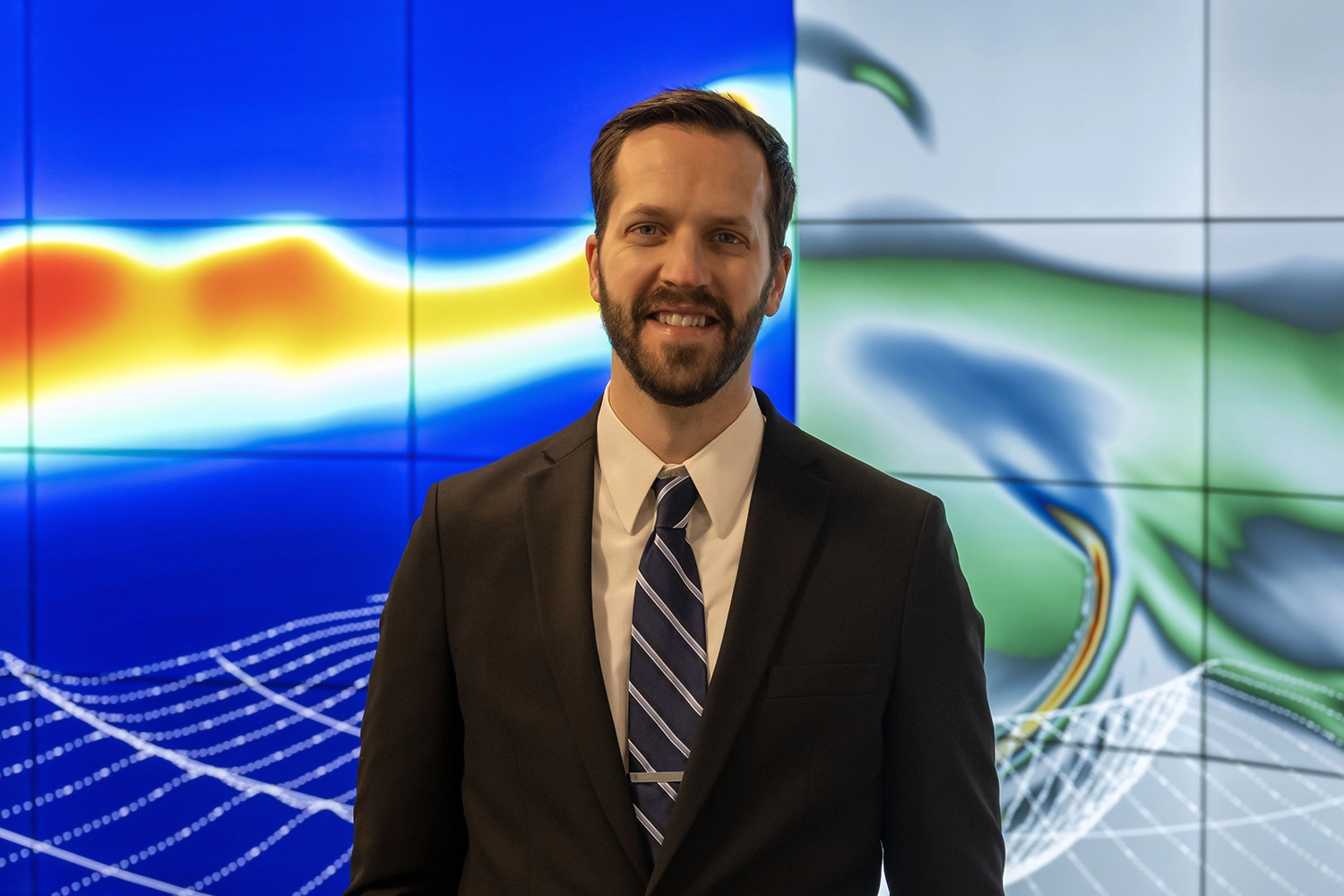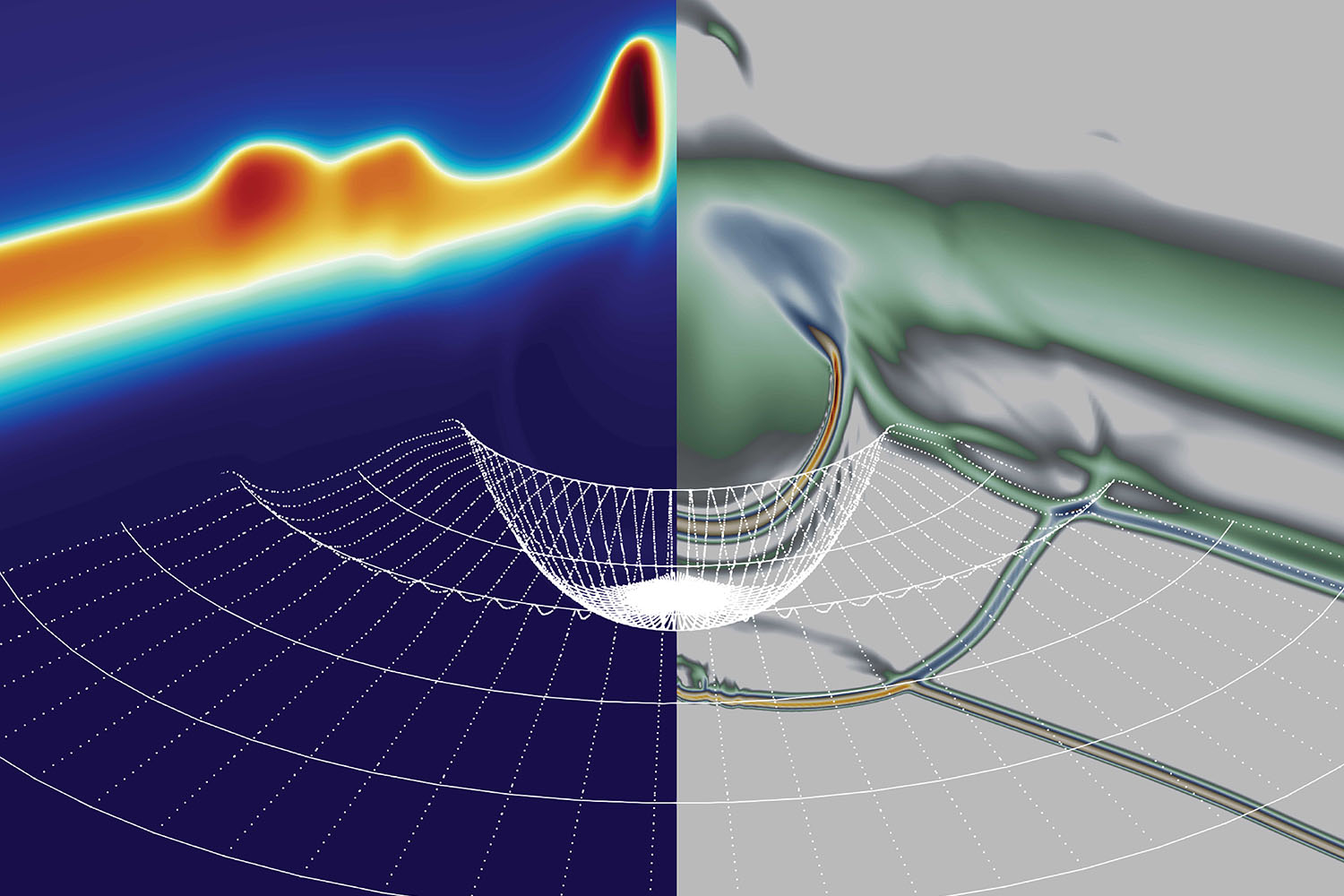Performance degradation in laser-driven inertial confinement fusion (ICF) implosions is caused by several effects, one of which is Rayleigh–Taylor instability growth. Degradation caused by target defects has been a central focus of research by Scientist Sam Miller. Defects in ICF targets, such as internal voids and surface roughness, create instability seeds in the shell as shocks propagate through the target. A comprehensive understanding of seeding mechanisms is essential to characterize the impact of target defects on in-flight shell integrity and mass injection into the central, lower-density vapor region. An analysis of early-time behavior of both single-mode shell mass modulations and isolated voids is performed by examining the evolution of the acoustic waves launched by these target imperfections. In a systematic study of localized perturbation growth as a function of defect placement and size, the use of low-density ablator materials (such as foams) is suggested as a potential mitigation strategy to improve target robustness against the impact of defect-initiated growth.
During the past year, a multidisciplinary team at the Laboratory for Laser Energetics conducted experiments to observe the impact of these intrinsic target defects on the performance of ICF implosions using the OMEGA Laser System. The team was led by experimentalist Rahul Shah, with theoretical modeling and simulation support from Sam Miller, Tim Collins, Duc Cao, Valeri Goncharov, and Igor Igumenshchev. In addition, the team included target fabrication support from David Harding, Mark Bonino, and their team who provided not only the physical targets but also detailed surface characterization required for the analysis of perturbation growth. In June and July of 2023, innovative face-on radiography experiments were conducted using thin, plastic shells with characterized micron-scale surface defects that were predicted to compromise the shell integrity during the implosion. These implosions are inherently susceptible to hydrodynamic instability growth, which makes understanding seeding mechanisms for this growth an essential goal. The team’s work seeks to understand the overall trends created by these defects and if they contribute to implosion performance degradation.
These experiments were partly motivated by simulations conducted a few years ago by Miller, whose background includes expertise in computational fluid dynamics, hydrodynamic instabilities, inertial confinement fusion, and high-performance computing. His doctoral thesis at the University of Rochester focused on hydrodynamic instabilities encountered in ICF implosions. That research included high-fidelity simulations of micron-scale internal defects in cryogenic targets and described how these defects evolve and create seeds for hydrodynamic instability growth. The hydrocode cygnus was developed with the capability of capturing the complex hydrodynamic flows generated in ICF implosions with fidelity surpassing that of other ICF modeling codes.
Shown here is a video illustrating the complex details of the evolution of target defects in inertial confinement fusion modeled using the code, cygnus, developed at LLE. Displayed are mass density (left), inverse pressure scale length (right), and a low-density isosurface (white lines) showing the bubble of material injected into the hot spot by hydrodynamic instability growth. The defect affects growth in the center of the frame; without the defect, the implosion is uniform in radius. Flow near the edge of the simulation window is indicative of the baseline no-defect case.
By understanding the seeding mechanisms present for both single-mode perturbations and isolated defects, Miller and Goncharov proposed a potential mitigation strategy. This strategy employs a thicker, low-density, wetted-foam-like ablator that seeks to eliminate or reduce the secular growth (feedout) at the ablation front after the first shock and limits characteristic wave reverberation within the shell. Simulations indicate that a foam-like ablator, with the same shell mass and laser pulse, reduces areal-density degradation at the start of the acceleration phase compared to a CH ablator design.

Plans are underway for follow-on experiments using 3D-printed targets implementing the foam-mitigation technique. Modeling and simulation work is ongoing and provides a supporting role to help to understand the underlying physics and plan for the design of future experiments.

